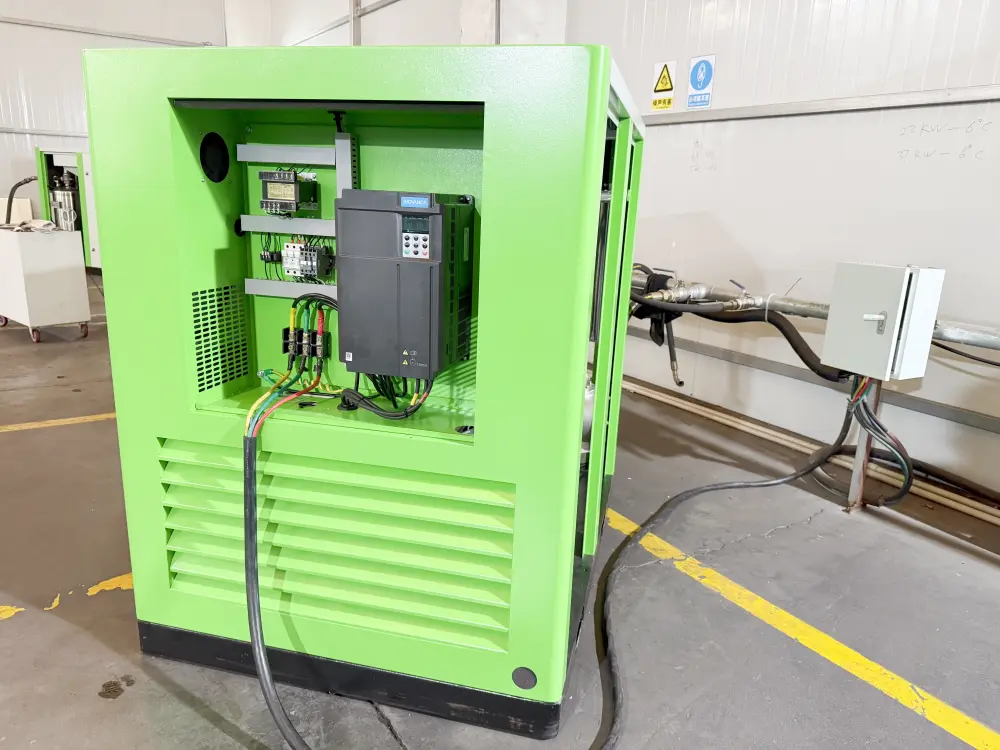How to remove water in industrial trachea
When there is water in the industrial gas pipe, the following steps can be taken to remove it:
- Stop the flow of gas:
- First, the valve connected to the affected gas pipe needs to be closed to stop the flow of gas. This is to ensure safety during the treatment and to prevent more moisture from entering the trachea.
- Draining:
- Next, open the drain valve or other drainage equipment on the trachea to drain the water. This step is the key to removing water accumulation in the trachea and can effectively reduce the moisture content in the trachea.
- Drying:
- Use desiccants or other suitable methods to remove residual moisture from the trachea. The desiccant absorbs residual moisture in the trachea and ensures dryness of the trachea. In addition, it is also possible to consider using professional drying equipment, such as air dryers, to improve drying effect.
- Installing water removal equipment:
- For industrial gas pipes with long-term water problems, consider installing water removal equipment, such as gas source dryers or automatic drainers. These devices can automatically remove moisture from the trachea and keep the trachea dry. For example, a gas dryer can remove moisture by adsorption or condensation, while an automatic drainer can regularly discharge accumulated moisture.
- Inspection and maintenance:
- It is also very important to regularly inspect and maintain industrial trachea. This includes checking for damage, air leakage and other problems, and repairing them in a timely manner. At the same time, regularly clean and replace the desiccant or check the working status of the water removal equipment to ensure its normal operation.
To sum up, by stopping gas flow, draining, drying, installing water removal equipment, and regularly inspecting and maintaining, the moisture in the industrial trachea can be effectively removed to ensure the normal operation and service life of the trachea.
